When starting ketamine treatment, many patients ask, How long does ketamine therapy last? However, the number of ketamine therapy sessions needed varies significantly depending on individual factors, but research provides some general guidelines. During the initial phase, patients typically receive around six to eight infusions spread out over two to three weeks. Most protocols involve ketamine infusions two to three times per week during this intensive period. After the initial treatment series, patients might receive infusions anywhere from once a week to once a month, depending on their individual response and symptom severity.
The key is working with qualified healthcare providers who can create a personalized ketamine treatment plan based on your specific needs, monitor your progress, and adjust the frequency of sessions accordingly. Each treatment journey is unique, and what works best varies from person to person.

How Soon Do Patients Feel Relief from Ketamine Therapy?
Patients can experience relief from ketamine therapy remarkably quickly compared to traditional antidepressants. While most antidepressants take weeks or months to work, ketamine works within hours to strongly reduce depression symptoms in people for whom other treatments have not worked.
Research demonstrates significant early improvement. After just three infusions of ketamine over 11 days, 52% of participants saw their severe depression ease. This represents a remarkably fast response compared to conventional treatments.
Ketamine works differently from traditional antidepressants. It targets the brain’s NMDA receptors and promotes neuroplasticity, which is the brain’s ability to form new neural connections. This allows for what researchers describe as a regrowth of synapses between neurons, which may explain the rapid onset of effects.
While relief can come quickly, it’s important to note that:
- The effects may be temporary without ongoing treatment
- Individual responses vary significantly
- Some patients may need several sessions before noticing improvement
- The therapy works best as part of a comprehensive treatment plan
The rapid relief ketamine can provide has made it particularly valuable for patients with treatment-resistant depression or those experiencing severe symptoms where quick intervention is crucial.
What Does a Typical Ketamine Treatment Plan Look Like?
Based on the research and clinical guidelines, here’s what a typical ketamine treatment plan looks like:
- Initial Phase (Weeks 1-4): The standard ketamine treatment plan begins with an intensive initial phase designed to stabilize symptoms quickly. Once you complete your initial “loading dose” of ketamine treatments, meaning six to 10 infusions over three to four weeks, the goal is that you will be relieved from most to all of your depressive symptoms.
- Duration: A typical ketamine IV therapy session spans about one hour, though the ketamine dose is conventionally administered across 40 minutes.
- Setting: Ketamine treatment in Southern California is provided in a comfortable, medically supervised environment with options for music or other comfort measures.
- Monitoring: Experienced healthcare providers oversee the ketamine therapy, ensuring each dose of ketamine is optimized for the individual’s needs while minimizing potential side effects.
Ketamine therapy can be administered through several routes:
- IV Infusions: Most common method, administered in clinical settings with close monitoring
- Nasal Spray (Spravato): The ketamine nasal spray, in particular, has been approved by the FDA for treatment-resistant depression, providing a more accessible form of ketamine treatment for depression.
- Other Methods: Intramuscular or subcutaneous administration may be used in some cases.
Mental Health Treatment That Works
Call 949-625-0564What our customers are saying
What Factors Affect the Number of Ketamine Sessions Required?
Several key factors significantly influence how many ketamine therapy sessions an individual will need to achieve optimal therapeutic benefits. The severity of a patient’s depression symptoms plays a primary role, as those experiencing more intense or long-standing depression typically require a more structured and frequent treatment regimen to achieve meaningful symptom relief.
Individual brain chemistry and metabolic factors also critically impact treatment response, with some patients experiencing rapid improvement that may reduce the total number of sessions needed, while others with slower metabolic processing or different neurochemical profiles may require extended treatment courses.
Previous treatment history is equally important, as patients with treatment-resistant depression who have failed multiple conventional therapies often need more comprehensive ketamine protocols compared to those trying ketamine as a first-line alternative trauma treatment.
The patient’s overall physical health, age, and concurrent medications can also affect both the dosing and frequency of ketamine sessions required for effectiveness. Younger patients or those with fewer comorbid medical conditions may respond more quickly and require fewer maintenance sessions, while older adults or those with complex medical histories might need more gradual dose adjustments and longer treatment series.
Lifestyle factors such as stress levels, social support systems, sleep quality, and adherence to complementary therapies like psychotherapy can influence treatment outcomes and session requirements. Healthcare providers must carefully assess these multifaceted variables to develop personalized treatment plans that optimize the therapeutic benefits while minimizing the total number of sessions needed, ensuring that each patient receives the most efficient and effective ketamine therapy protocol tailored to their unique circumstances.
What Is the Typical Frequency of Spravato Therapy Sessions?
The typical frequency of Spravato therapy sessions follows a carefully structured, phased approach that begins with an intensive induction period and gradually transitions to less frequent maintenance treatments. During the initial induction phase (weeks one to four), patients receive Spravato twice weekly under direct medical supervision, allowing for rapid symptom stabilization and therapeutic benefit assessment.
The intensive schedule is designed to quickly establish the medication’s effectiveness and provide patients with treatment-resistant depression the opportunity to experience meaningful symptom relief. Following the induction phase, the treatment frequency reduces to once weekly during weeks five to eight, serving as a transitional period where patients continue to build on their initial therapeutic gains while healthcare providers monitor their response and adjust the protocol as needed.
From week nine forward, Spravato therapy enters the long-term maintenance phase, where session frequency is individualized based on each patient’s specific needs and treatment response. Patients may receive treatments either weekly or bi-weekly, to use the least frequent dosing schedule necessary to maintain remission or clinical response.
Throughout all phases, each session requires direct healthcare provider supervision and post-treatment monitoring, ensuring patient safety while maximizing therapeutic outcomes through this carefully regulated treatment schedule.

How Long Does Ketamine Therapy Last? Key Takeaways
- Ketamine therapy offers remarkably fast-acting relief for depression, with many patients experiencing symptom improvement within hours to days.
- Treatment frequency and duration depend significantly on whether patients receive IV ketamine infusions or Spravato nasal spray.
- The number of sessions required varies considerably based on multiple factors, including symptom severity, individual brain chemistry, treatment history, age, overall health, and concurrent medications.
- While initial relief can be dramatic, most patients require ongoing maintenance sessions to sustain therapeutic benefits.
- All ketamine therapy must be administered under strict medical supervision in controlled clinical settings, with careful monitoring for safety and effectiveness.
How long does ketamine therapy last? While the timeline varies for each patient, Moment of Clarity can provide comprehensive insights into the typical length of each session, the overall treatment timeline, and the expected duration of therapeutic effects. For personalized mental health treatment tailored to your needs, call Moment of Clarity at 949-625-0564 today.
Resources
- University of Michigan Medicine –Ketamine’s promise for severe depression grows, but major questions remain.
- National Library of Medicine –Ketamine for Depression, 4: In What Dose, at What Rate, by What Route, for How Long, and at What Frequency?
- FDA –Understanding Current Use of Ketamine for Emerging Areas of Therapeutic Interest




